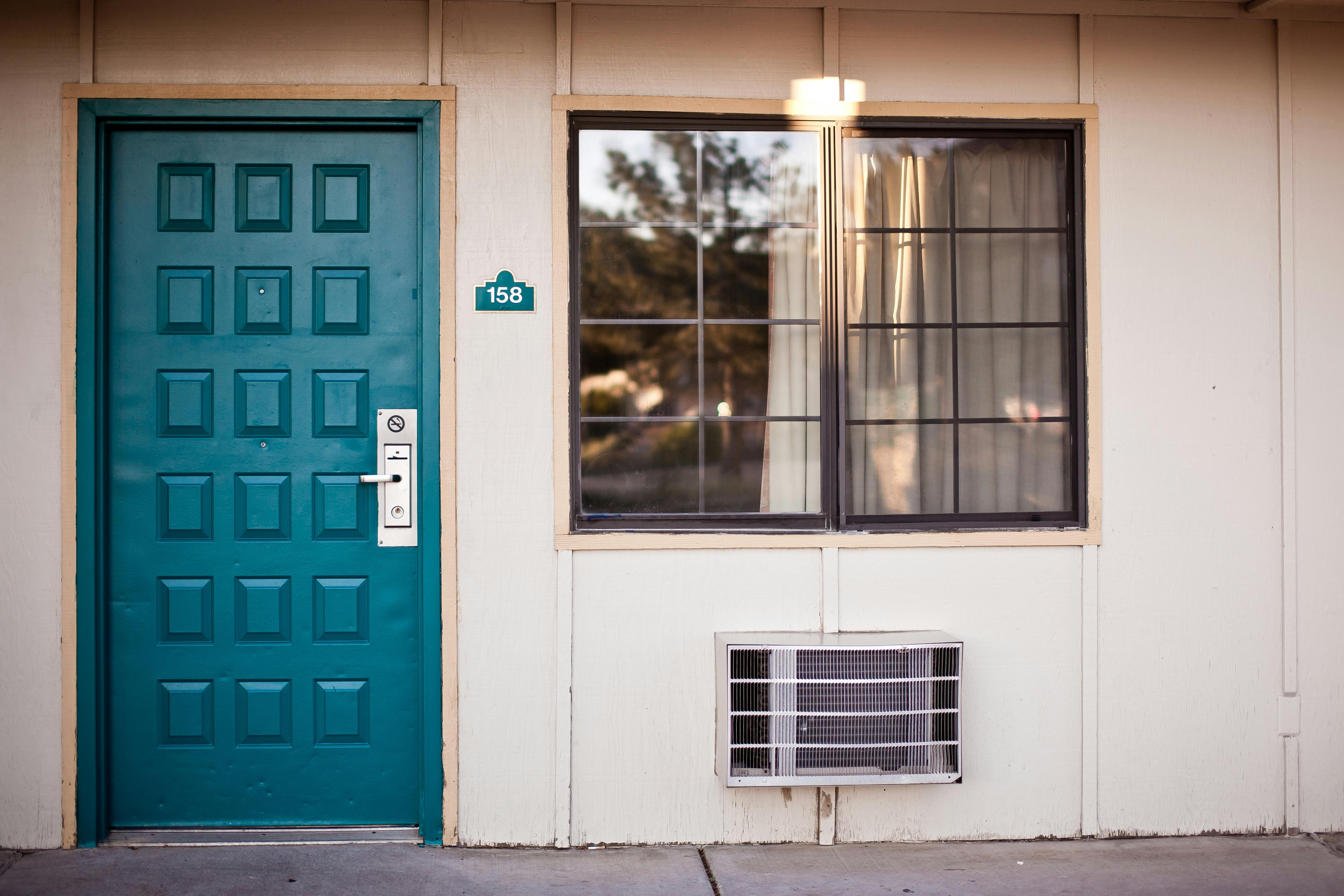As a child growing up in Fort Chambly, Quebec, I would occasionally hear stories about George Foote Foss’s (my grandfather’s) invention. Sometimes I would listen to these stories as my father shared the details with friends and neighbors who visited our home. However, the stories I heard the most came directly from my grandfather, as we visited him frequently. I fondly remember, sitting on a stool near his feet as he sat in his large, comfortable chair, recounting the steps he took to make adjustments, plan, and ultimately build a gasoline-powered car, which would be the first in Canada, later nicknamed: “The Fossmobile”.
In the early 1960s (I was only 7 years old), I remember everyone around me talking about a renewed interest in his achievement. It was then that he received two honorary memberships: one from the Montreal Antique Automobile Club (VACM) and the other from the prestigious Antique Automobile Club of America (AACA). Only two Canadians have received this latest honor. The other Canadian to receive this was Colonel Robert Samuel McLaughlin who founded the McLaughlin Motor Car Company in 1907, which was one of the first major automobile manufacturers in Canada.
With these two initiatives, there was a swarm of media attention and I remember being shown newspaper clippings, many of which I still have in my possession today. Not only were photographs and articles written about his honorary memberships, but many of the local newspapers also reprinted his earlier writing, “The True Story of a Small Town Boy,” originally published in 1954, by The Sherbrooke Daily Record.
Having a relative with historical significance meant that most of his descendants ended up using the history of his invention and the various publications about it, as the subject of school projects. I remember using her story as a topic for one of my school projects, both of my kids did, and just a year ago my 6 year old granddaughter did a “show and tell” at her school on the story of she. invention.
George Foote Foss (September 30, 1876 – November 23, 1968) was a mechanic, blacksmith, bicycle repairman, and inventor from Sherbrooke, Quebec. During the winter of 1896, he developed a four-horsepower single-cylinder gasoline automobile. In the spring of 1897, he completed his invention: the first gasoline-powered automobile ever built in Canada, later named the “Fossmobile.”
It was in early 1896, during a trip to Boston, Massachusetts, to purchase a turret lathe for his expanding machine shop, that my grandfather saw his first automobiles. These cars, electric sedans, were rented for $4 an hour. He paid the fare to go for a ride, but unfortunately, after only a half-hour ride, the batteries died.
Returning to Sherbrooke, he decided to build a car that would solve this problem. My grandfather drove his car in and around Sherbrooke, Quebec for four years. He later moved to Montreal, Quebec, where the car sat idle for a year before selling it for $75 in 1902. He had earlier turned down an offer to partner with Henry Ford, who later formed the Ford Motor Company. He turned down the offer, as he believed that Ford’s Quadricycle vehicle was inferior to the Fossmobile. He also refused financial backing to mass-produce the Fossmobile, citing his inexperience in doing so, as he was only 21 at the time.
I am often asked if I know if my grandfather regretted not partnering with Ford or not mass-producing his invention. From everything I remember hearing him say, he has no regrets. He lived a simple life and I heard him say on more than one occasion that “you don’t live a long life with the stress of running a big business.” He died at the age of 92, so perhaps his theory was correct, at least for him.
I recently reopened the Foss family archives to better understand and accurately document my grandfather’s remarkable achievement. My goal has been to find ways to share this historic Canadian event with automotive enthusiasts, historians, and future generations of Canadians. To this end, I established a business, as a means of building networks, fostering collaboration, and sharing important historical memories.
As the grandson of George Foss, I have spoken to some visionaries and am seeking the help of other potential “Antique Car Restoration” experts for a very special project. The goal is to use reverse engineering (reproducing an inventor’s or manufacturer’s product) to create a “Tribute Car”, emulating as closely as possible the specifications of George Foss’s invention of the first gasoline-powered car built in Canada: the Fossmobile. There are no original drawings, so the Tribute Automobile will have to rely solely on close scrutiny of the original Fossmobile photos.
I have started the process of sourcing vintage parts from the era, hoping to build this car, replicating parts only when absolutely necessary. I will oversee this process and collaborate with auto historians and experts. Along the way, the journey will be documented, while ensuring attention to detail.
The hope is to honor my grandfather’s legacy and bring to light this important chapter in Canadian history. Upon completion, this Tribute Car will be a tangible embodiment of the first gasoline-powered automobile built in Canada. There is a growing interest in displaying the complete Fossmobile Tribute at classic car shows. However, it will eventually be donated to a Canadian museum to improve history education for current and future generations.




